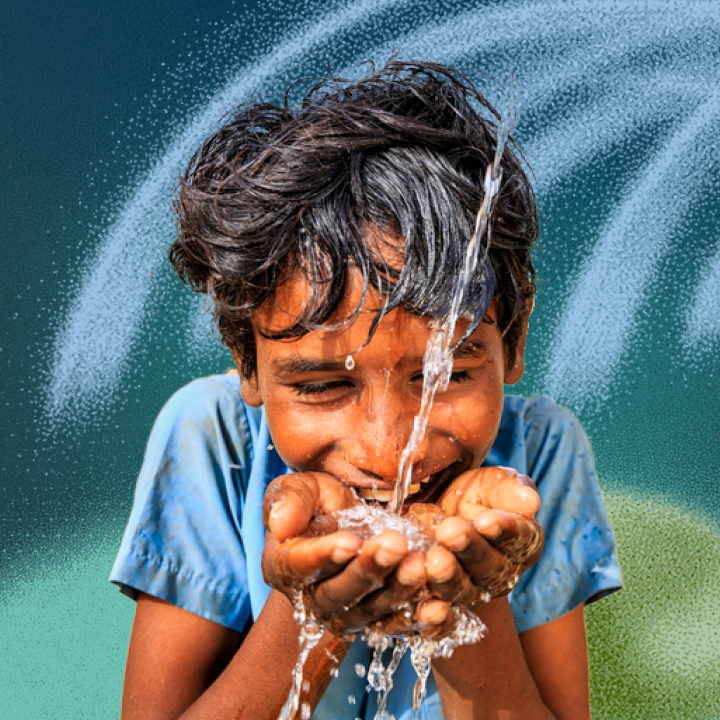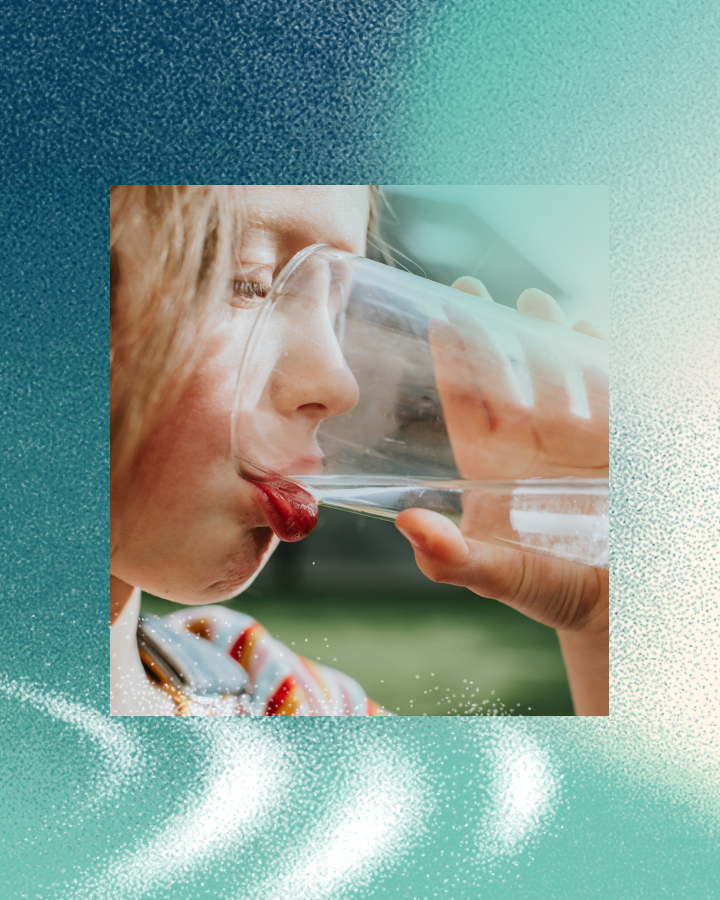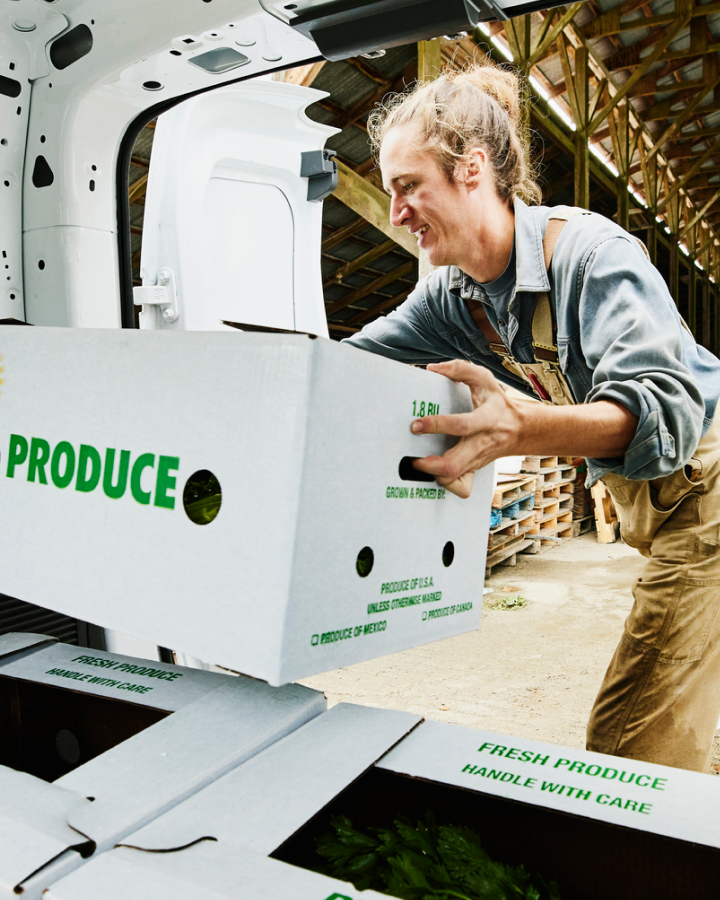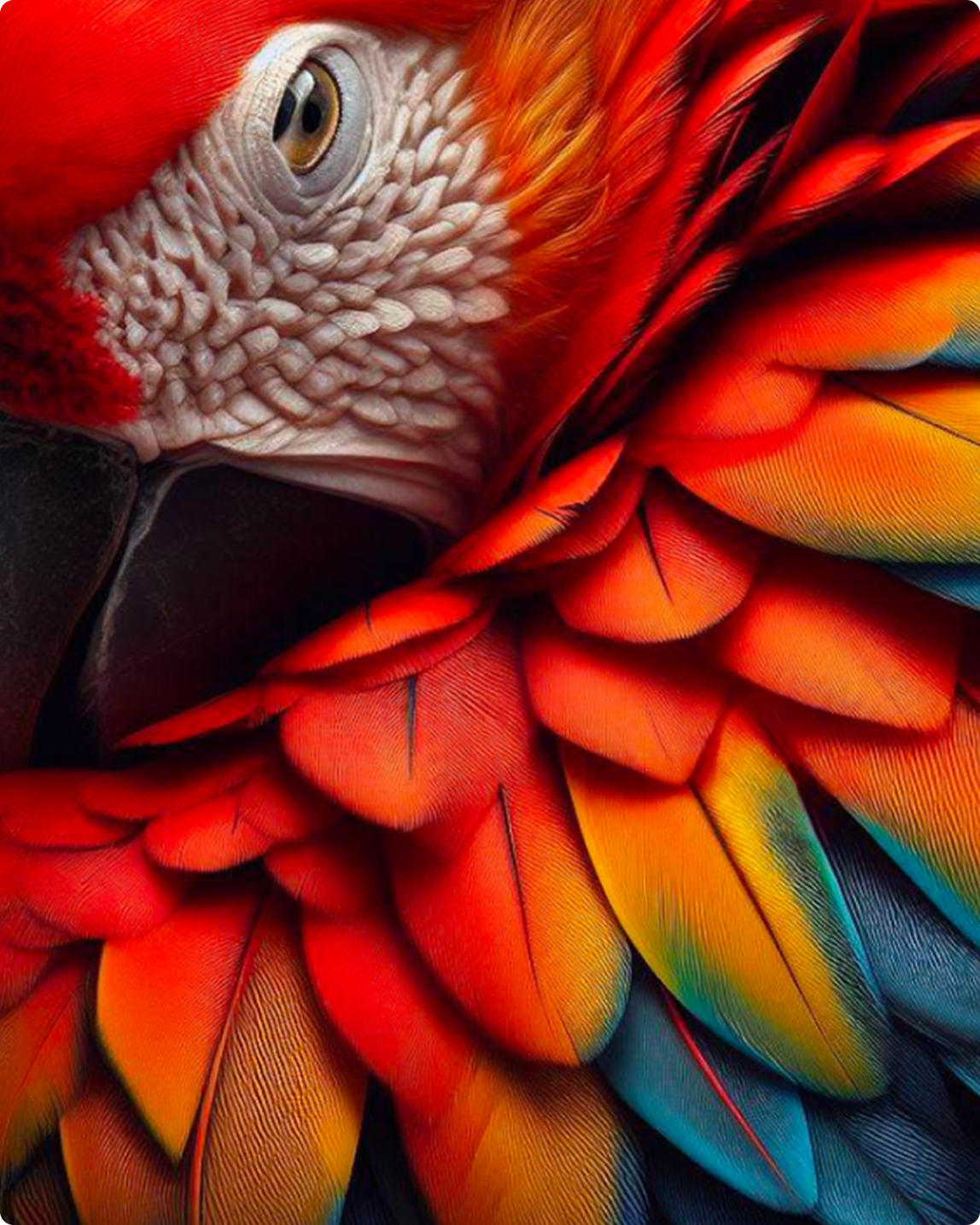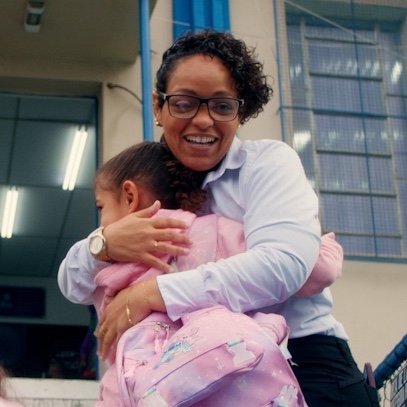Let’s put AI to work for the planet
Reimagine climate action
When it comes to sustainability, the world has ambitious goals to meet. Reaching them means reimagining solutions for the planet’s greatest challenges together. Every day, people are finding new ways to use AI to think bigger, move faster, and take action to protect the future of our planet. And things once difficult to imagine achieving in our lifetime are quickly becoming a reality.
From preserving the Amazon rainforest to analyzing the largest data sets on earth—progress starts with questioning what’s possible. Discover how people are seeking answers and using AI for a better world.
Protecting the land we call home
The path to sustainability starts with healthy ecosystems. That means permanently preserving more land than we use.
Replenishing our most vital resource
Where there’s water, there’s life. Fresh water protects the fundamental rights of all people and sustains life on earth.
Repurposing what we don’t use
A cleaner, healthier planet needs a more circular approach. Going zero-waste lessens our impact and saves the earth’s resources.
Cooling the planet
As the world warms, we’re at a turning point. A cooler, more vibrant planet starts with reducing carbon emissions and ends with removing them altogether.
Driven by bold commitments
Reimagining climate action starts with asking bold questions, and investing in even bolder solutions. As we navigate the promise of AI to accelerate solutions amid resource intensity, we’re keeping our pledges to advance sustainability for all.
Related stories
Survive. Adapt. Thrive.
The Uplift
Download sustainability backgrounds
Show your support with new Teams backgrounds inspired by our water-positive, zero-waste, carbon-negative, and ecosystems commitments.
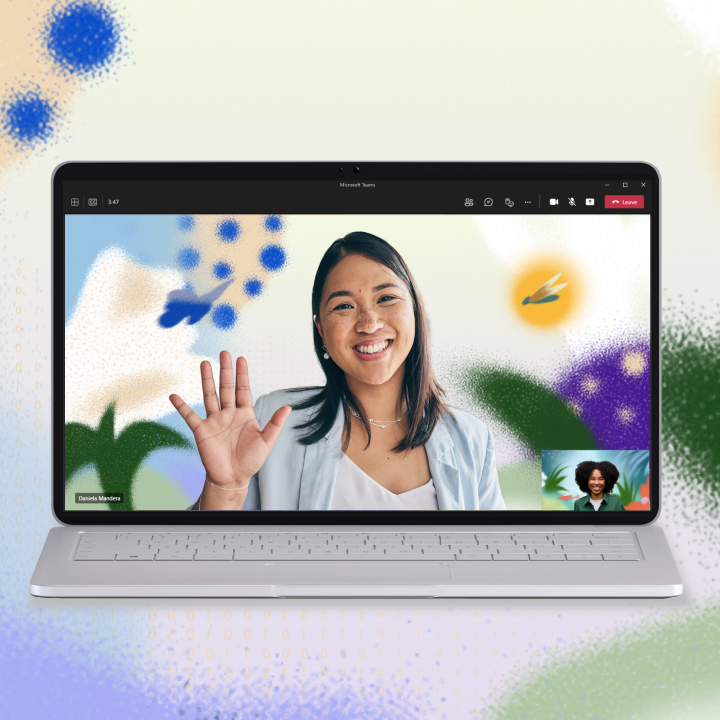
How can bees help us gather data?
Bees and AI team up to keep the landscape buzzing
Pollen collected by bees now serve as a unique data set. Thanks to AI, information is extracted from each drop to map local plant life across southern Oregon and track environmental health.
Tens of thousands of bees collect as many as 4 billion tiny samples a year across the Klamath River basin. Studying them closely leads to rediscovery of rare native plants and new species—to help local ecosystems thrive.
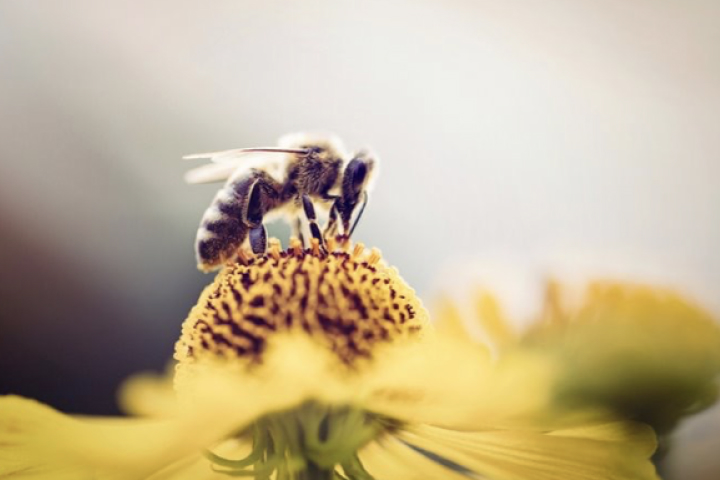

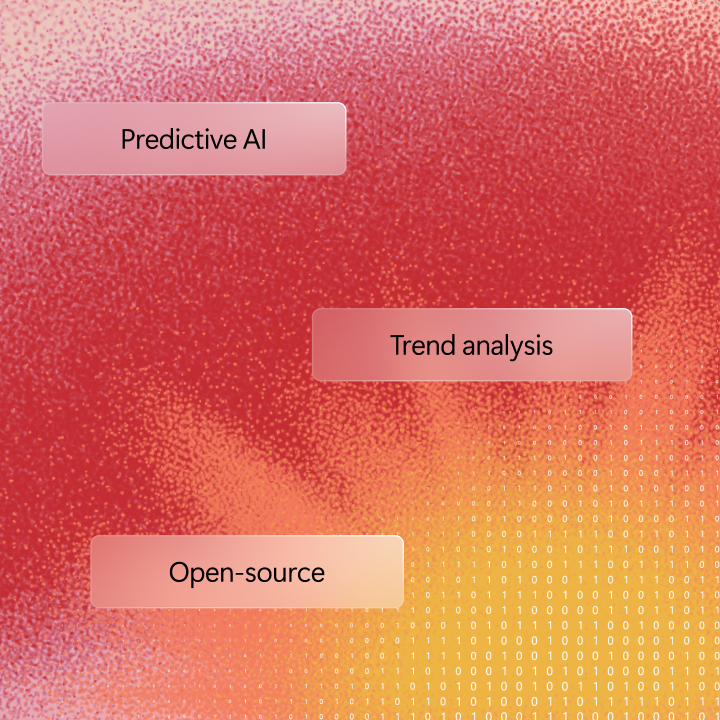
How do we prevent a wildfire before it strikes?
Staying a step ahead with predictions
Wildfires destroy large swathes of natural and human habitats, emitting massive carbon into the atmosphere. Companies like Vibrant Planet are helping prevent disasters like these by monitoring change and supporting real-time scenario planning to build wildfire and climate resilience.
Predictive systems can help. Rapidly crunching data on climate, human behavior, and fire patterns, they forecast risks before they become threats. Alberta Wildfire, for example, uses an AI-powered tool built by AltaML to make big decisions. The tool leverages machine learning to analyze tens of thousands of data points to predict the next day’s likelihood of fires.
Can listening to the rainforest help save it?
Protecting ecosystems by sensing sound
What does a chorus of tree frogs have to do with preventing deforestation in the Amazon? AI can rapidly identify and analyze animal sounds from hundreds of hours of recordings—capturing almost imperceptible changes quickly. This enables researchers to map the ecosystem, discover imbalances, and focus their efforts to help preserve this fragile but vital habitat.
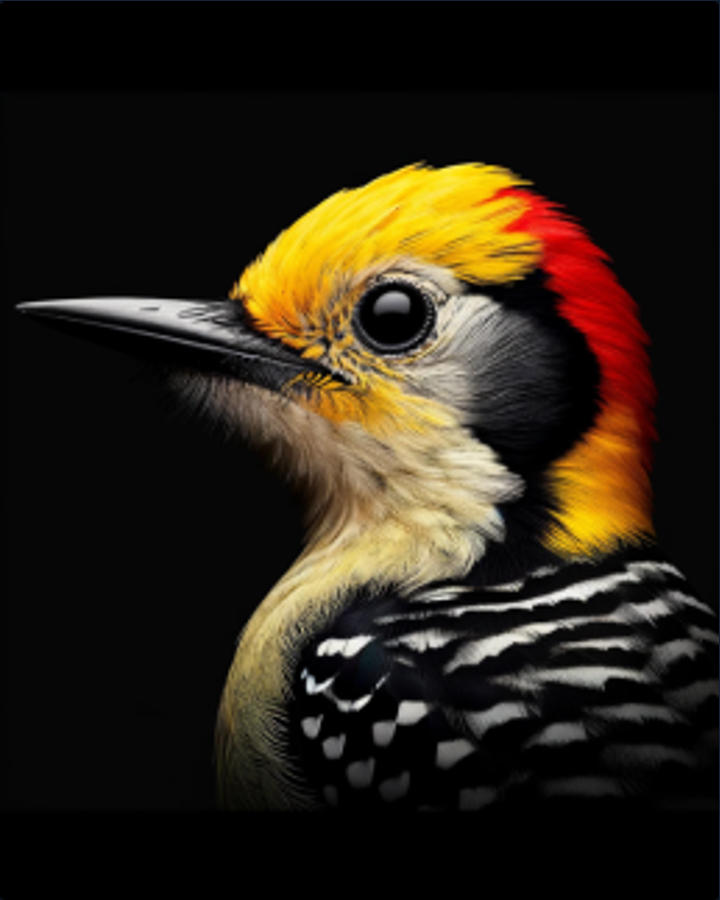
Can access to water improve human rights?
Water positive for people and planet
Globally 2 billion people don’t have access to clean, safe drinking water, according to UNESCO. And this affects their health, quality of life, and future. In partnership with Microsoft, WaterAid delivers water, sanitation, and hygiene services where they’re most needed across India and Nigeria.
How will farmers weather the water crisis?
Predicting water conditions with AI
Water for agriculture consumes about 70% of the world’s freshwater resources, according to the World Bank. Now farmers can better conserve water during droughts and collect water during floods. Thanks to Project FarmVibes and Microsoft Research, satellites and sensors make it possible to predict water shortages and surplus.
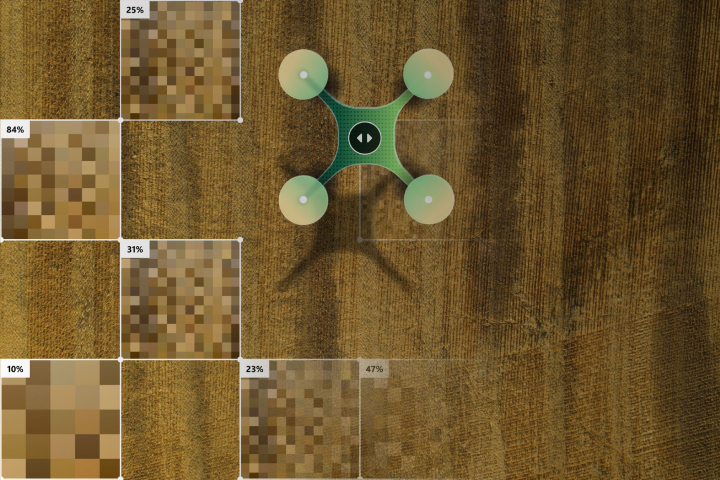
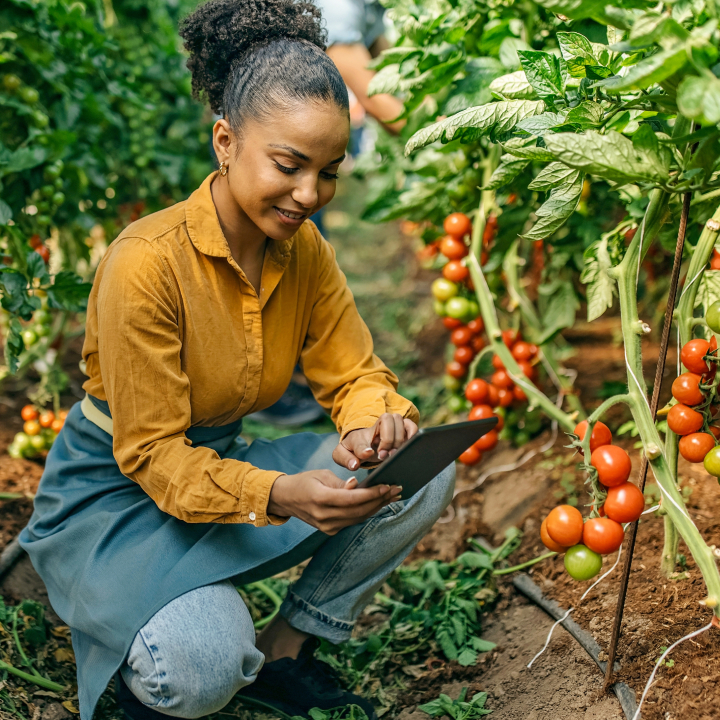
How do we keep fresh water fresh?
Preventing loss at the source
In a warming world, fresh drinking water is an increasingly vital, and scarce resource. According to UNESCO, 25-30% of drinkable water is lost globally each year. Now with sensors powered by AI—it’s easier than ever to track water use and find leaks at the source.
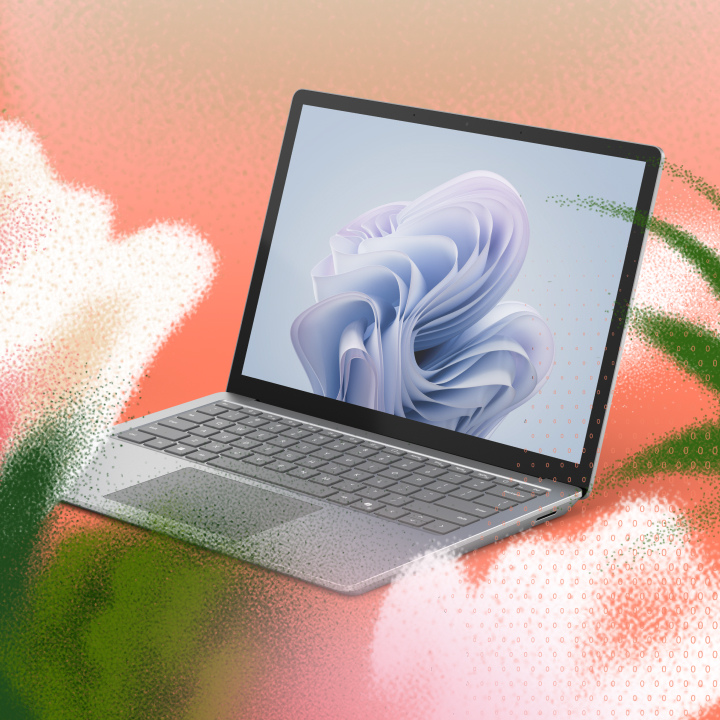
Can we design with the end in mind?
Goal of 100% recyclable Surface devices and packaging by 2030
Microsoft’s goal is to design Surface devices and packaging to be 100% recyclable in OECD countries by 2030. We’re actively developing initiatives to use more recycled materials in our devices. Design, materials sourcing, packaging, and the partners we work with all play a role in ensuring our devices are designed with sustainability in mind.
Can something wasteful be useful?
Keeping cities warm with recycled heat
Energy and waste conservation are big news across the planet—and our new data center region in Finland will be a big part. Microsoft plans to convert waste from our centers to heat entire cities—keeping them comfortable in the winter months.
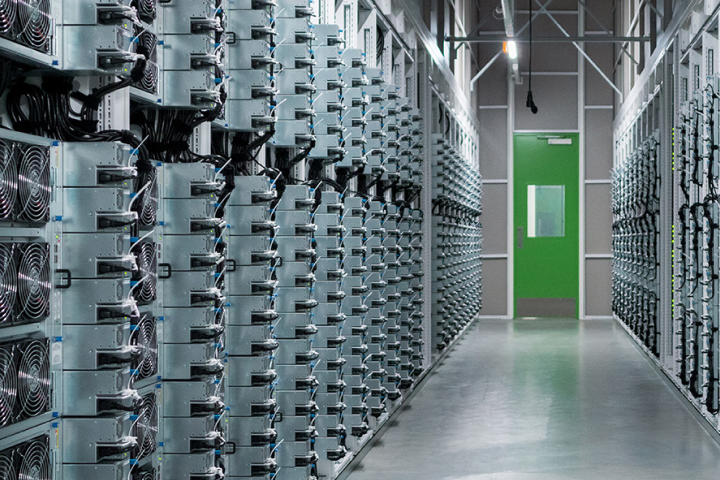
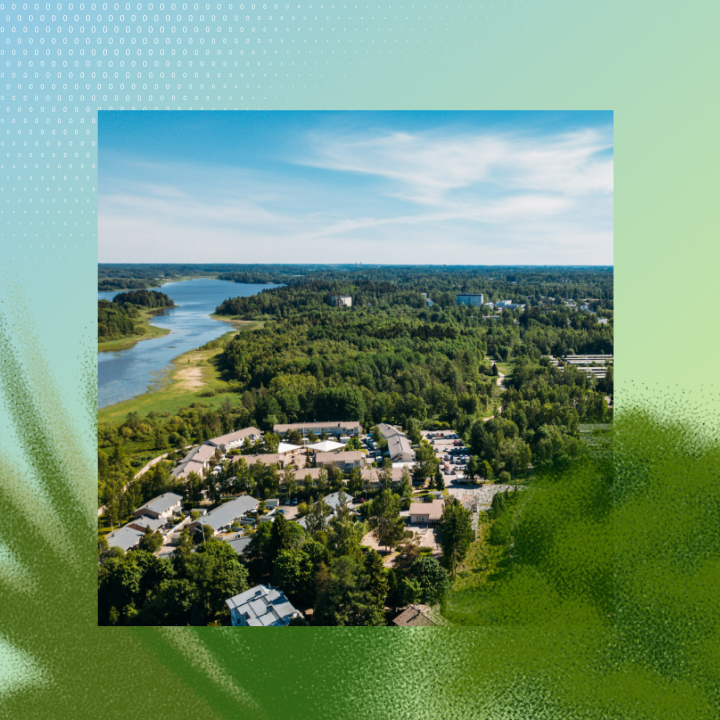
What turns a food deficit into food surplus?
Distributing food where it’s most needed
Across the world, 783 million people are hungry, according to the UN Food Waste Index Report 2024. Yet one billion meals go to waste each day. FoodCloud aims to change that by redistributing surplus food through warehousing and technology to empower people and their communities to thrive.
According to the non-profit, they’ve redistributed the equivalent of 272.5 million meals globally since 2013. That’s more than 114,000 tons of nourishing surplus food for organizations that work with the food-insecure.
How can software help cut carbon?
Developing carbon-aware updates
Imagine software designed to update at times that use the least carbon-intensive electricity. It’s happening! We’re building carbon-awareness into our products. Where available, Windows Update can schedule installations at specific times of day when lower carbon electricity options are powering the grid, resulting in lower carbon emissions.
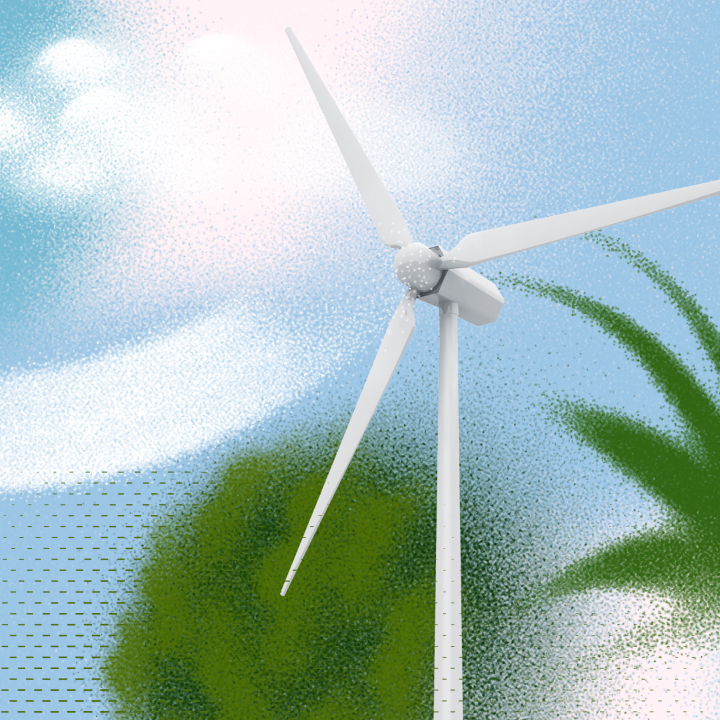
How do we remove carbon already in the atmosphere?
By land and by sea
Exciting things are happening deep below the seabed in Northern Europe. Carbon captured from the atmosphere and industry are deposited into the earth—injected into geological formations. This is just one of the new carbon removal, capture, and storage projects getting the green light across Europe and offering a direct path to meet climate targets.
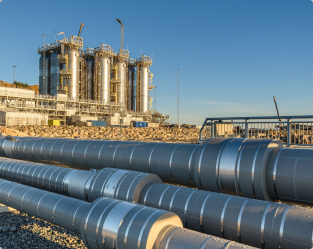
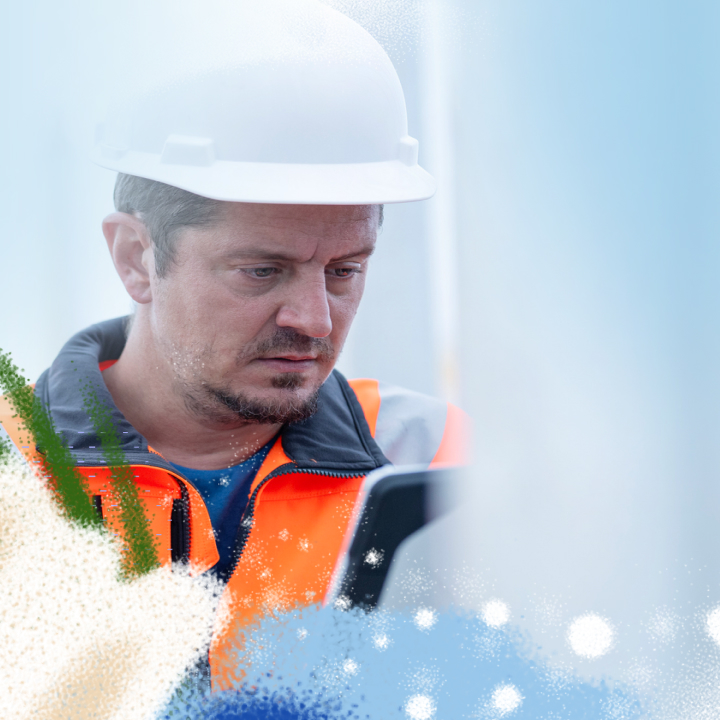
Can game design level up energy savings?
Change the game, not the Earth
When everyone reduces emissions, everyone on the planet wins! Xbox is the first console platform to release dedicated energy and carbon emissions tracking tools for use in game design. Discover the kit that’s made for creators. Now, that’s a good game!












